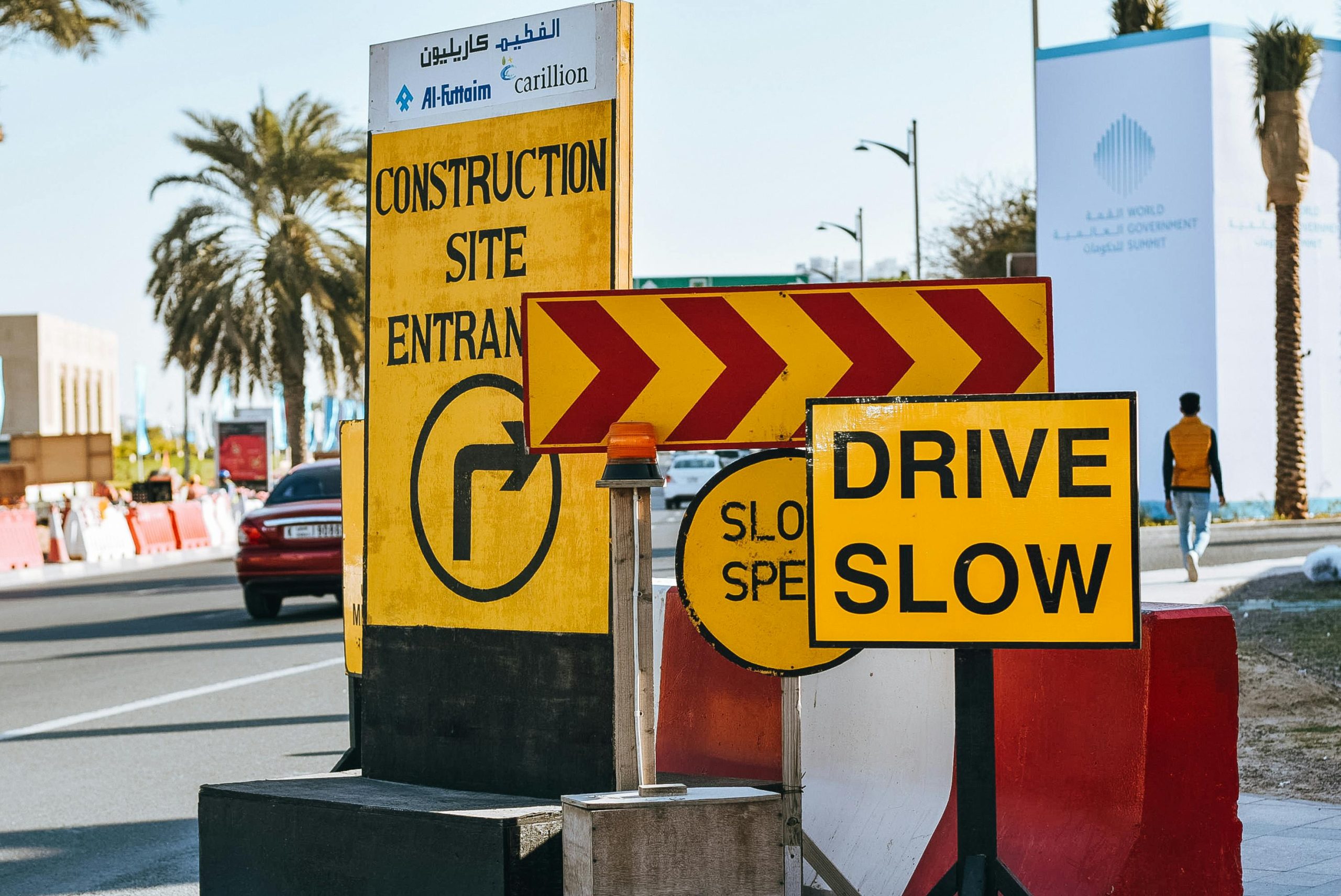Optimizing WordPress Performance for Nonprofit Organizations: A Guide to Troubleshooting Slow Websites
In the digital age, a website’s performance plays a crucial role in the success of nonprofit organizations. A sluggish website can hinder engagement, reduce donations, and diminish the overall user experience. Recently, I volunteered with an NGO dedicated to animal protection and encountered firsthand how a slow WordPress site can become a significant obstacle. This experience prompted me to dive into the steps necessary for diagnosing and resolving such issues effectively.
Understanding the challenge
The site’s front end and admin dashboard were both experiencing noticeable lag, impacting daily operations and visitor interaction. Recognizing that WordPress sites can slow down due to various factors, I undertook a systematic approach to identify and address potential bottlenecks.
Step 1: Conduct a Plugin Audit
Third-party plugins are often the primary culprits behind website slowdowns. It’s essential to review all active plugins for performance issues. Tools like Query Monitor can help identify plugins that consume excessive resources or generate slow database queries. Consider deactivating or replacing plugins that aren’t vital or are known to impact site speed.
Step 2: Verify Caching Configuration
Effective caching can dramatically enhance website speed. In this case, the NGO was using WP Rocket, a popular caching plugin. I checked whether its settings were optimized—such as enabling file caching, minification, and CDN integration. Proper caching ensures that server-side processing is minimized for returning visitors, resulting in faster load times.
Step 3: Analyze Database Performance
Over time, databases can accumulate overhead that slows down queries. I examined the database for slow or inefficient queries using tools like MySQLTuner or Query Monitor. Regular database optimization—such as pruning post revisions, cleaning up unused tables, and running optimization routines—can significantly improve responsiveness.
Step 4: Monitor Traffic Patterns
High traffic volumes, especially from bots or malicious sources, can strain server resources. Analyzing server logs and leveraging security plugins can uncover unusual activity. Implementing rate limiting or deploying a Web Application Firewall (WAF) can prevent malicious traffic from degrading site performance.
Conclusion
While troubleshooting a slow WordPress site may seem daunting, adopting a structured approach can lead to effective solutions. Regularly auditing plugins, ensuring caching strategies are optimized, maintaining a healthy database, and monitoring traffic patterns are essential practices. For NGOs and nonprofits operating with limited technical resources, collaborating with WordPress performance experts or hosting providers that offer managed solutions can also provide valuable support.

